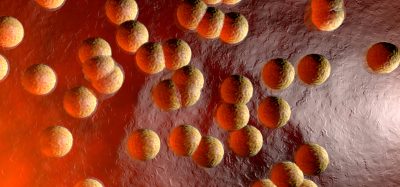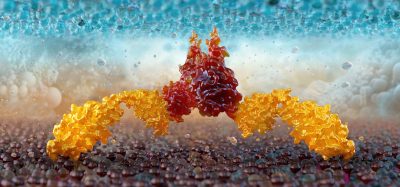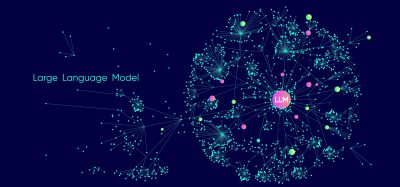Essential insights into HIV-1 latency mechanisms
Posted: 17 June 2024 | Drug Target Review | No comments yet
HIV-Tocky, a new viral reporter system, uncovers the molecular mechanisms of provirus silencing and expression.


Scientists at Kumamoto University have developed a new viral reporter system called HIV-Tocky (Timer of Cell Kinetics and Activity), which, with its enhanced temporal resolution, surpasses traditional green fluorescence protein (GFP) systems. HIV-Tocky enables real-time visualisation of HIV dynamics post-viral infection, using fluorescent timer protein technology featuring dual fluorescence to highlight the process of provirus silencing and reactivation.
The current standard HIV-1 cure strategy with combined anti-retroviral therapy (cART) presents a large challenge. Despite cART being able to prevent reverse transcription, it cannot eliminate the virus-infected cells completely. A few infected cells harbour HIV-1 provirus that remains latent and can avoid the host immune system. The provirus can reactivate under particular conditions if cART is interrupted, resulting in progeny virion production and possibly reigniting the infection.
Dr Yorifumi Satou, lead author and professor at the Joint Research Center for Human Retrovirus Infection at Kumamoto University, commented: “Understanding the dynamic transition of the HIV-1 provirus into latency is vital for developing eradication strategies, which is why we developed HIV-Tocky to analyse these temporal dynamics in vivo.”
HIV-Tocky allows for the precise tracking of provirus temporal dynamics from expression to silence by synchronising the emission spectrum change of the fluorescent timer protein with provirus expression. This unique feature, with its highly sensitive fluorescence shift from blue to red, enables first-time identification of two latent patterns: a direct latency, and a latter latency which first demonstrates transient expression.
Further analysis on integration sites showed these two latency patterns are controlled by different regulatory determinants, with the first being more stochastic and the latter more epigenetically controlled. This offers more clues about the molecular mechanism of provirus silencing and expression. Moreover, this research displayed its potential for drug screening, especially for the evaluation of Latency Promoting Agents (LPAs).
Dr Satou stated that the next challenge will be to apply HIV-Tocky in primary myeloid and lymphoid cells, which could provide further information on latency dynamics and determinants across different tissues and anatomical reservoirs.
The study authors also include researchers from Alexandria University, Kagoshima University, Imperial College London and Tokyo Medical and Dental University (TMDU).
This study was published in Communications Biology.
Related topics
Analytical Techniques, Drug Discovery Processes, Molecular Biology, Targets, Virology
Related conditions
HIV-1
Related organisations
Alexandria University, Imperial College London, Kagoshima University, Kumamoto University, Tokyo Medical and Dental University (TMDU)
Related people
Dr Yorifumi Satou (Kumamoto University)








